Mozambique Insurgency grows at 'sensitive' time for TotalEnergies' return - AFP
Two years after its inauguration, Rio Chiveve Park remains Beira’s shield against climate change
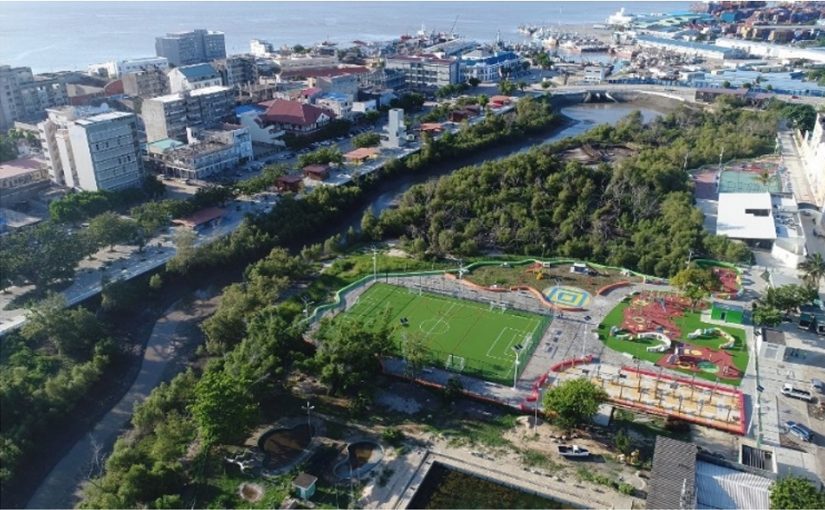
Photo: German Embassy in Mozambique
Rio Chiveve Park remains Beira’s best protection against climate change two years after its inauguration in December 2020.
The green urban park is the largest in Africa. It combines drainage infrastructure with restored mangroves, preventing floodwaters from inundating Beira. This helps to protect over 550,000 people during the rainy season, especially in the Goto neighbourhood in downtown Beira, which is home to 15,000 people.
“The park has brought new life to Beira”, says Manuel Barros, a retiree who runs a snack bar inside the park. This safe, public space provides an oasis where Beira’s residents can walk and cycle, have a meal, enjoy cultural events, and take a break during the day.
“Families love to spend time here; there is something for everyone to enjoy”, adds Mr Barros.
Building resilience to climate change
According to the 2021 Global Climate Risk Index, Mozambique was the country most affected by extreme weather events in 2019. Its coastal cities, like Beira, are particularly vulnerable to cyclones and floods. Beira is home to over half a million people and is a central hub for regional trade. Parts of the city are below sea level and at constant risk of flooding.
Recognising its proneness to flooding, the City of Beira had started improving resilience to climate shocks years before cyclone Idai made landfall in 2019.
“We face climate change, and we need infrastructure to cope with it”, says Albano Carige António, Beira’s Mayor.
When the project began, he was a city councillor for construction and urbanisation and witnessed Beira’s transformation over two distinct phases.
In the first phase, the Chiveve river and its riverbed were cleared of waste and further excavated to increase its natural drainage capacity. The mangroves were reforested, and a tidal outlet was built at the river mouth to regulate the river’s discharge and influx. This helps to protect the city centre from flooding caused by heavy rains and tidal surges.
During the second phase, initiated in 2017, the run-down areas on the banks of the Chiveve river were rehabilitated and turned into a green park with broad pathways and recreational facilities along the riverbanks, sprawling over 47 hectares – about the size of 47 football fields.
The Ministry of Public Works, Housing, and Water Resources led these works in close coordination with Beira’s Municipality. The project was implemented by AIAS (Water and Sanitation Infrastructures Administration) and financed by German Cooperation through KfW in cooperation with the World Bank. The total investment was around 51 million Euros, with a contribution of 31 million Euros from Germany, over 16 million Euros from the World Bank and 4 million Euros from the Government of Mozambique.
“This project has been a great learning experience for Mozambique, Beira, and the Ministry of Public Works. It is an important reference for future projects of this nature”, – says Mrs Rute Nhamucho, AIAS’s Executive Director.
Improving the lives of Beira’s residents
Rio Chiveve Park has unleashed many economic and social opportunities for Beira’s residents.
The park offers an inclusive public space that has received nearly 400,000 visits since its opening in mid-2021. “During COVID-19 times, lots of people would come here to relax and exercise because they could enjoy the fresh air while social distancing”, says Mr Barros.
Nowadays, Beira residents enjoy the park’s cafes, shops, and markets; students play sports, and children fill in the playgrounds. There are several pathways, walkway lighting and sanitary facilities. Around the park, the air is fresh and clean, and birds sing.
Chiveve River Municipal Company (EMRICH), a municipal enterprise, manages the park. The company collects rent from over 42 commercial facilities, investing it back into the park to ensure sustainable and efficient management. EMRICH also charges a small entrance fee to park visitors. Still, on special days like national holidays, the entrance is free. The cafes, shops, and cultural amenities, in turn, give the local population new job and income opportunities.
“I am here to stay,” says Mr Barros. “When I opened the business, I wanted to sell fresh milk, ice creams and smoothies. But the demand grew, and now we also offer sit-down meals.” Business is going well, and he dreams of moving his snack bar into a bigger space.
“This is a beautiful, dynamic park which brings a new vision for Beira and Africa”, says Mrs Urinda Teixeira, an EMRICH employee. She teaches the local community about preserving the park and its natural surroundings.
A nature-based solution
The park stands out as a climate-resilient infrastructure that helps the city adapt to climate change through a ‘nature-based solution’ that fosters people’s well-being and generates biodiversity benefits.
The restored mangroves and other natural ecosystems help to ease flooding and enhance the biodiversity of the city’s coastline. A more resilient coastline will protect the city and its residents during extreme weather events, now and for future generations.
Rio Chiveve Park is an example of Germany’s contribution to Mozambique on climate action. Germany’s technical and financial support amounts to over 350 million Euros in the climate-relevant areas of energy, climate-resilient municipal infrastructure, and biodiversity.


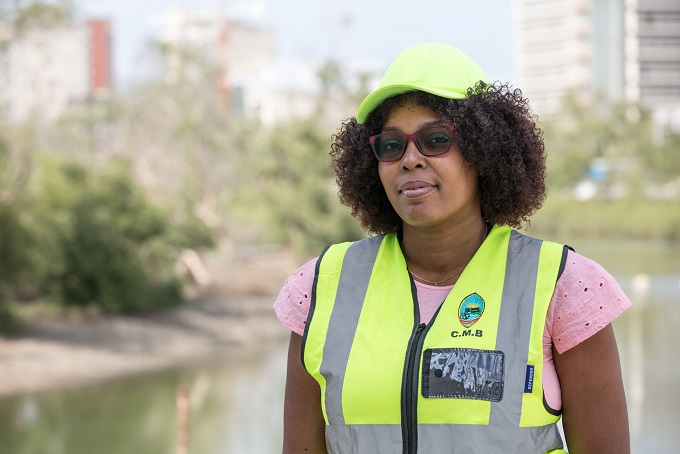

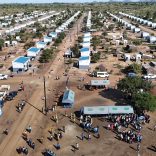





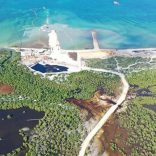
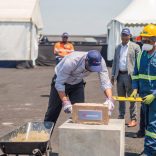

Leave a Reply
Be the First to Comment!
You must be logged in to post a comment.
You must be logged in to post a comment.